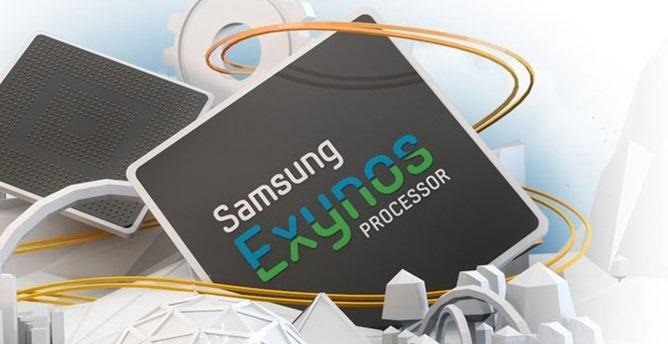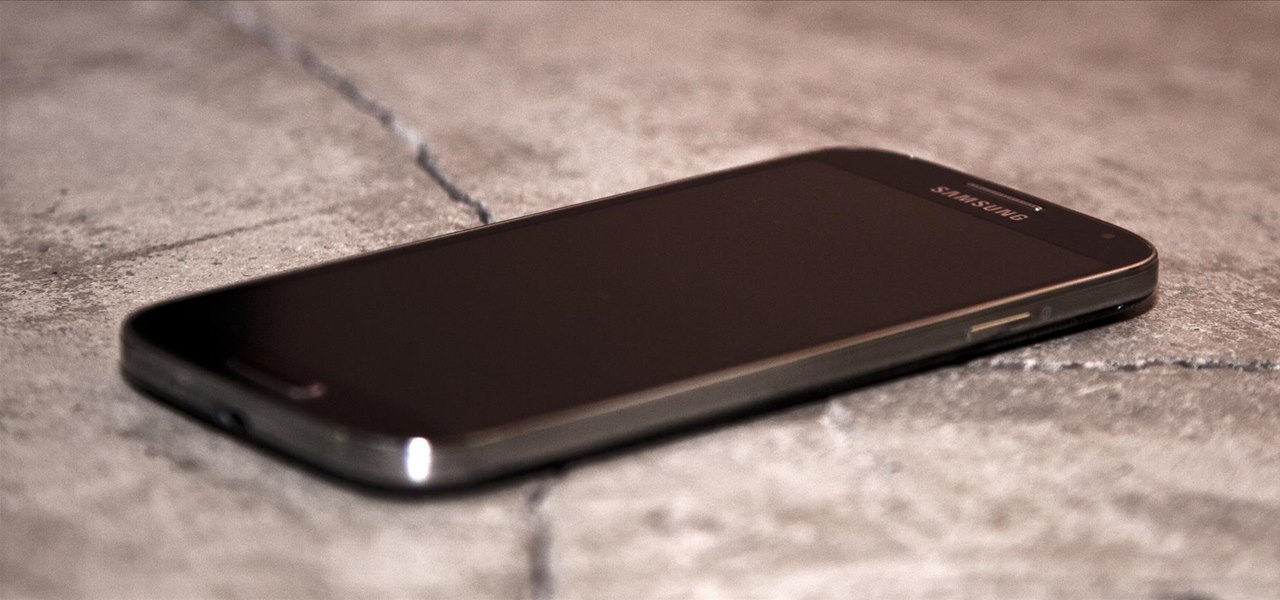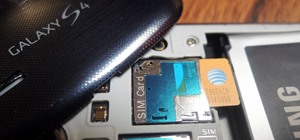Rooting a mobile device may not be a big deal these days, but not being able to root definitely is. Even the Library of Congress, National Telecommunications and Information Administration, and White House can agree on that.
Since the release of the Samsung Galaxy S3, the international electronics giant has been seen as a friend to the SoftModder community.
One reason why is that they tend to drop their kernel sources and device firmwares before most devices even hit the shelves. Also, they ship their devices with unlocked bootloaders, though, that's before the carriers lock them up again (mainly Verizon and AT&T).
So, the question is:
Why Did Samsung Lock Their Kernels to Prevent Root?
Earlier this week, Android developer AndreiLux wrote about why rooting will be impossible on newer stock kernels. The post caused quite a commotion in the Android development community, but is any of it warranted?

AndreiLux pointed out a new feature in the Samsung Galaxy S4 kernel called:
- CONFIG_SEC_RESTRICT_SETUID
This is a new addition to their kernel source code, and it's meant to prevent processes such as malware and exploits from changing a normal user to root user by using SETUID.
The reason for this is simple—the vast majority of Samsung's user base will never be concerned about this. For them, security is key, and this closes the door on a major exploit.
Exploits?!?
GS3 owners will recall the brush up last year related to the Exynos exploit for many models of the device. By making the addition to the kernel source, Samsung closed the loop on the exploit—but at what cost?

The new feature does not prevent the device from being rooted, but it does cause a false root. What I mean by that is, while you will be able to root your device like normal, you will not have access to su, or superuser, which is the key component to being able to access root privileges.
Kind of defeats the purpose, doesn't it?
So Now What?
Before you go running back to the store to return your Galaxy S4, remember, manufacturer restrictions only lead to developer workarounds.
AndreiLux tells us installing a custom kernel will still allow us to have root access on our Galaxy S4s. For Softmodders, this is fairly straightforward, as many of us install custom kernels with ROM installations anyway.
Or better yet, you can run a modified stock kernel. XDA forum member jeboo made a small, 1kb modification to the stock kernel that removes this feature, and you'll find this, or a custom kernel, coming to a ROM near you.
The Bottom Line
For those of us that are well versed in rooting, ROMs, and kernels, the impact here is minimal. While one door closed, another opened and we still maintain the ability to achieve true root on our devices.
The concern of course is security, and by going around this kernel addition, it's a sure bet that our devices will be less secure. Samsung wants its core base to be secure with their devices, and with their push in to government agencies, they need their phones to be locked up tight.

TL;DR
The latest Exynos kernel update makes your device safer and more secure. With easy workarounds, it does not prevent you from achieving root.
Just updated your iPhone? You'll find new emoji, enhanced security, podcast transcripts, Apple Cash virtual numbers, and other useful features. There are even new additions hidden within Safari. Find out what's new and changed on your iPhone with the iOS 17.4 update.






















1 Comment
I used Motochopper on my GS4 from T-Mobile and it worked perfectly.
Share Your Thoughts